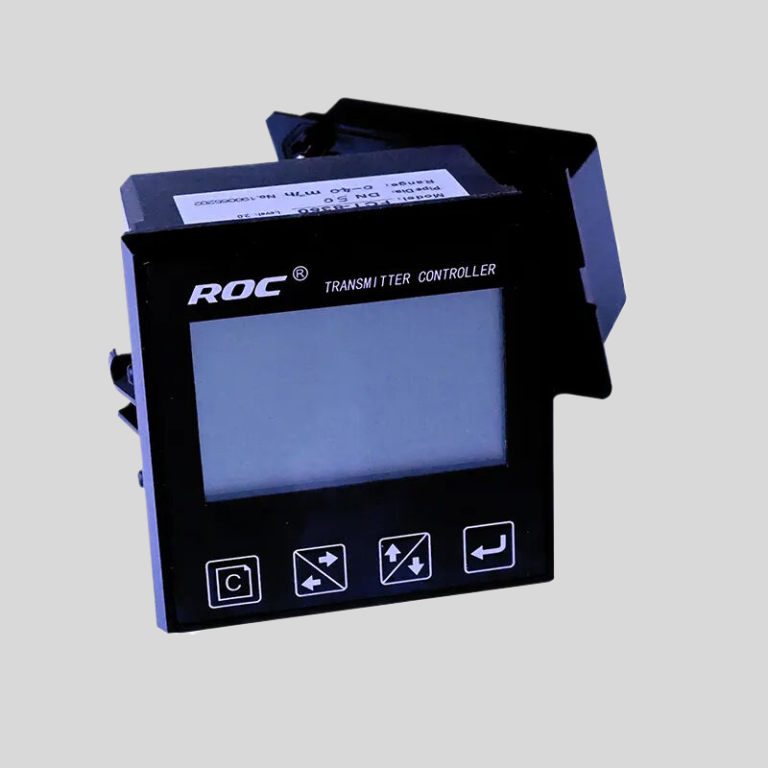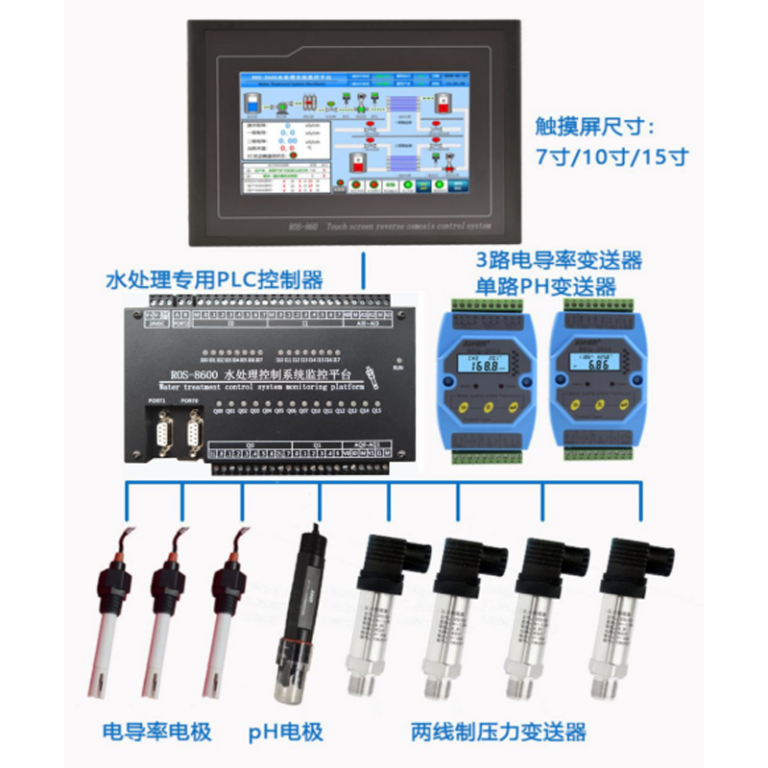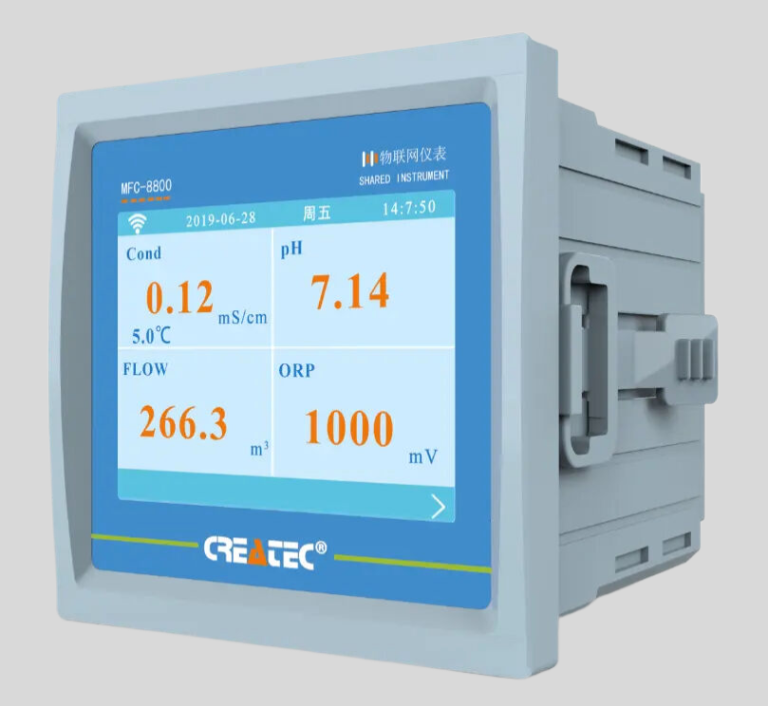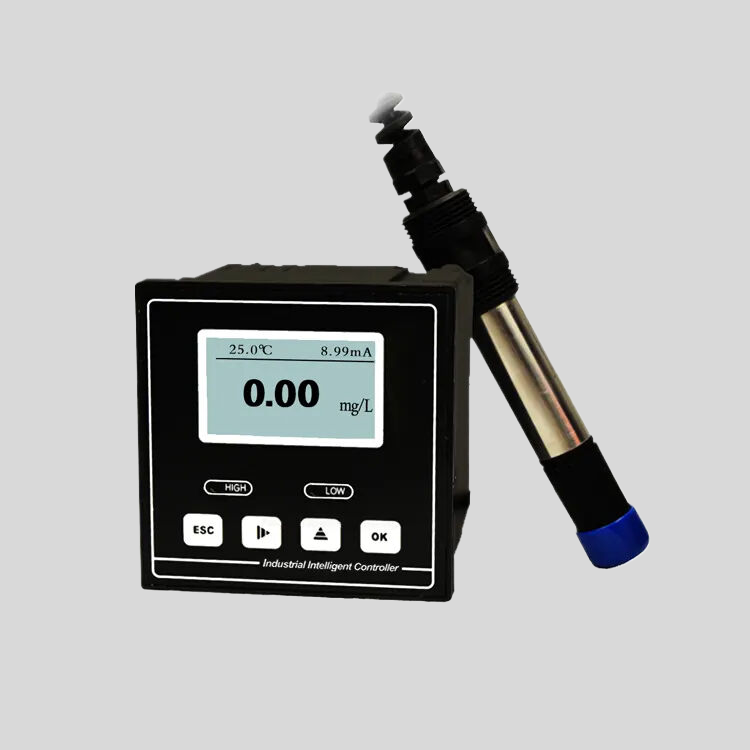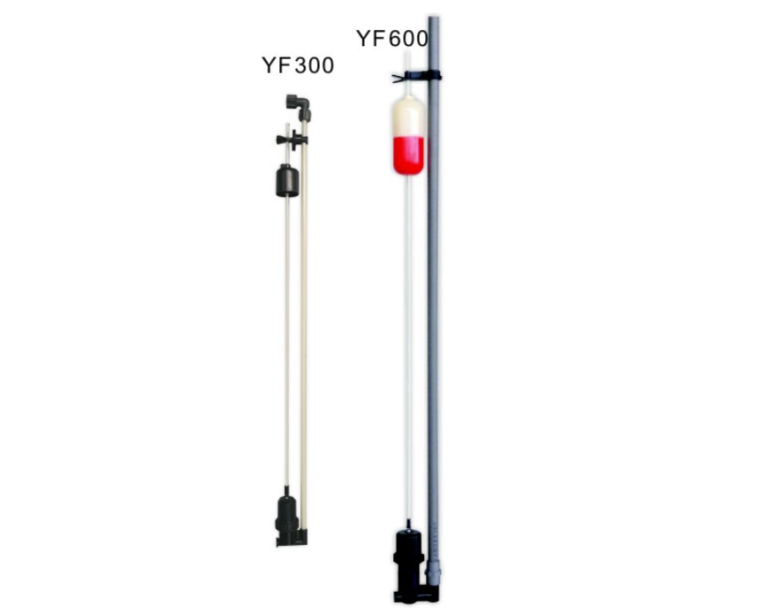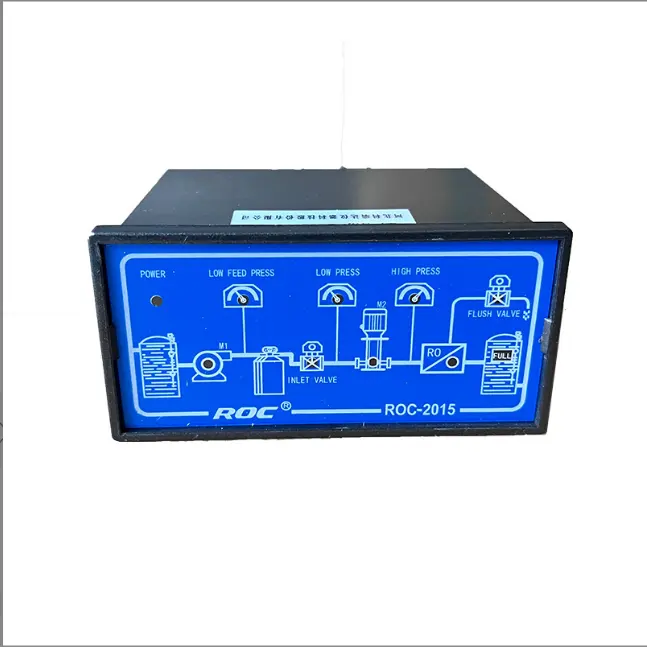Table of Contents
The Importance of Monitoring Total Dissolved Solids (TDS) in Water
Total Dissolved Solids (TDS) refer to the amount of inorganic and organic substances present in water. These substances can include minerals, salts, metals, cations, anions, and other compounds. Monitoring TDS levels in water is crucial for ensuring water quality and safety.
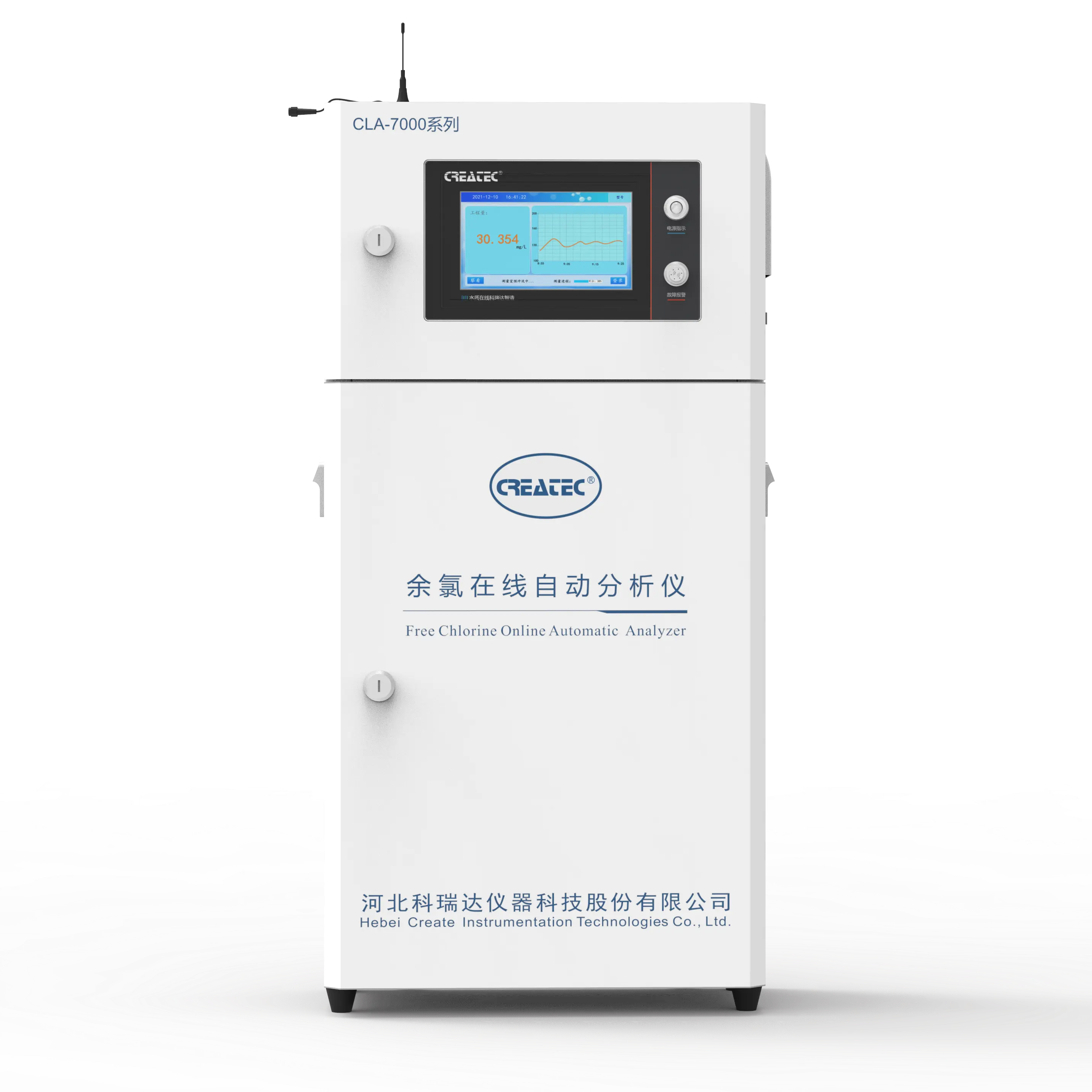
One of the most common methods used to measure TDS levels in water is a TDS Meter. A TDS Meter is a handheld device that measures the electrical conductivity of water, which is directly related to the concentration of dissolved solids in the water. By measuring the electrical conductivity, the TDS Meter can provide an accurate reading of the TDS levels in the water.
TDS meters are widely used in various industries, including agriculture, aquaculture, hydroponics, food and beverage production, and water treatment. In agriculture, TDS meters are used to monitor the nutrient levels in irrigation water, ensuring that plants receive the proper balance of nutrients for optimal growth. In aquaculture, TDS meters are used to monitor water quality in fish tanks and ponds, helping to prevent the buildup of harmful substances that can be detrimental to fish health.
In hydroponics, TDS meters are essential for monitoring the nutrient levels in the nutrient solution used to grow plants without soil. By regularly measuring TDS levels, hydroponic growers can ensure that plants receive the proper nutrients they need to thrive. In food and beverage production, TDS meters are used to monitor the quality of water used in the production process, ensuring that the water meets the necessary standards for food safety.
In water treatment, TDS meters are used to monitor the effectiveness of water purification processes, such as reverse osmosis and distillation. By measuring TDS levels before and after treatment, water treatment plants can ensure that the water is safe for consumption and free from harmful contaminants.
Monitoring TDS levels in water is important for several reasons. High TDS levels can indicate the presence of harmful substances in water, such as heavy metals, pesticides, and industrial chemicals. These substances can pose serious health risks if consumed in high concentrations. By regularly monitoring TDS levels, water quality can be maintained at safe levels, ensuring the health and safety of consumers.
Additionally, monitoring TDS levels in water is important for maintaining the efficiency of water treatment processes. High TDS levels can lead to scaling and fouling of water treatment equipment, reducing their effectiveness and increasing maintenance costs. By monitoring TDS levels and taking appropriate measures to control them, water treatment plants can ensure the longevity and efficiency of their equipment.
| Model No. | CCT-8301A Conductivity Resistivity Online Controller Spec | |||
| Conductivity | Resistivity | TDS | Temp. | |
| Measurement range | 0.1μS/cm~40.0mS/cm | 50KΩ·cm~18.25MΩ·cm | 0.25ppm~20ppt | (0~100)℃ |
| Resolution | 0.01μS/cm | 0.01MΩ·cm | 0.01ppm | 0.1℃ |
| Accuracy | 1.5level | 2.0level | 1.5level | ±0.5℃ |
| Temp.Compensation | Pt1000 | |||
| Working Environment | Temp. (0~50)℃; relative humidity ≤85%RH | |||
| Analog Output | Double channel (4~20)mA,Instrument/Transmitter for selection | |||
| Control Output | Triple channels photo-electronic semiconductor relay ,Load capacity: AC/DC 30V,50mA(max) | |||
| Power Supply | DC 24V±15% | |||
| Consumption | ≤4W | |||
| Protection Level | IP65(with the back cover) | |||
| Installation | Panel mounted | |||
| Dimension | 96mm×96mm×94mm (H×W×D) | |||
| Hole Size | 91mm×91mm(H×W) | |||
In conclusion, TDS meters play a crucial role in monitoring TDS levels in water and ensuring water quality and safety. By regularly measuring TDS levels, industries can maintain the health and safety of consumers, optimize plant growth, and improve the efficiency of water treatment processes. TDS meters are essential tools for anyone involved in water management and are a valuable investment for ensuring the quality of water in various applications.
How to Use a TDS Meter for Accurate Water Quality Testing
A TDS Meter, or total dissolved solids meter, is a device used to measure the concentration of dissolved solids in water. This includes minerals, salts, metals, and other substances that are present in the water. TDS is typically measured in parts per million (ppm) or milligrams per liter (mg/L).
Using a TDS Meter is a simple and effective way to determine the quality of your water. High levels of TDS can indicate contamination or the presence of harmful substances in the water, while low levels of TDS may suggest that the water is relatively pure.
To use a TDS Meter, start by turning it on and allowing it to calibrate. Once the meter is ready, immerse the probe into the water sample up to the specified depth. Make sure the probe is fully submerged and not touching the sides or bottom of the container.
Wait for the reading to stabilize, which usually takes a few seconds. The TDS Meter will display the concentration of dissolved solids in the water in ppm or mg/L. Take note of the reading and compare it to the recommended TDS levels for drinking water, which typically range from 0-500 ppm.
If the TDS reading is higher than the recommended levels, it may be a sign that the water is contaminated or contains harmful substances. In this case, further testing and treatment may be necessary to ensure the water is safe for consumption.
| Product Model | DOF-6310 (DOF-6141) |
| Product Name | Dissolved oxygen data collection terminal |
| Measuring Method | Fluorescence Method |
| Measurement range | 0-20mg/L |
| Accuracy | ±0.3mg/L |
| Resolution | 0.01mg/L |
| Response time | 90s |
| Repeatibility | 5%RS |
| Temperature compensation | 0-60.0℃ Accuracy:±0.5℃ |
| Air pressure compensation | 300-1100hPa |
| Stand pressure | 0.3Mpa |
| Communication | RS485 MODBUS-RTU standard protocol |
| Power | DC(9-28)V |
| Power comsuption | <2W |
| Operational envrionment | Temperature:(0-50)℃ |
| Storage Environment | Temperature:(-10-60)℃; Humidity:≤95%RH(None condensation) |
| Installation | Submerged |
| Protection Level | IP68 |
| Weight | 1.5Kg(with 10m cable) |
On the other hand, if the TDS reading is within the acceptable range, the water is likely safe to drink. However, it is still important to monitor the TDS levels regularly to ensure the water quality remains consistent.
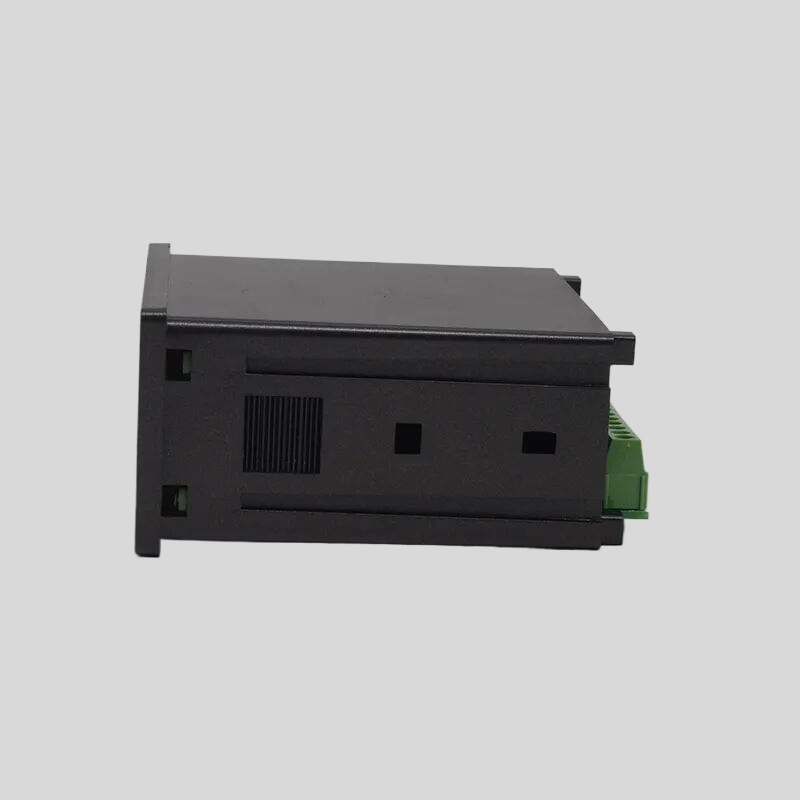
In addition to testing drinking water, TDS meters can also be used to measure the quality of water in aquariums, pools, and other water sources. High TDS levels in these environments can lead to poor water quality, which can be harmful to aquatic life and equipment.
Regularly testing the TDS levels in these water sources can help prevent issues and ensure a healthy environment for fish, plants, and other aquatic organisms.
In conclusion, a TDS Meter is a valuable tool for monitoring water quality and ensuring the safety of your drinking water. By following the proper procedures for using a TDS Meter, you can accurately measure the concentration of dissolved solids in water and take appropriate action if necessary. Remember to regularly test the TDS levels in your water sources to maintain a healthy and safe environment for yourself and others.

